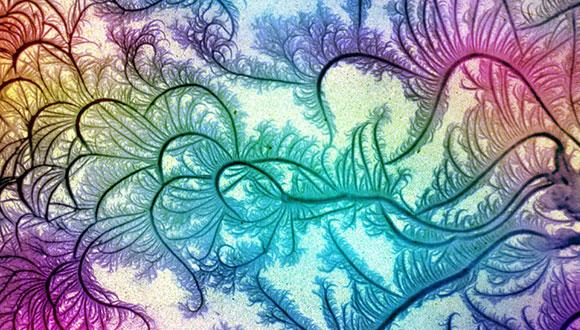Condensed Matter Seminar: Macroscopic Spin-Orbit Interaction Using Strong Laser Fields with Aligned Molecules
Uriel Zanzuri, M.Sc Thesis, TAU
Abstract:
Molecular dynamics induced by intense ultra-short laser pulses is an extensive research area. The ability to control and excite molecular degrees of freedom, such as vibration and rotation, in a controlled manner is of great interest. Typically, systems are controlled and utilized to achieve "on-demand" anisotropic angular distributions such as molecular alignment or orientation. When light interacts with such systems, the resulting photonic outcomes or subsequent optical probing reveal insights into the molecular electronic structure and dynamics. A crucial outcome of the control of the angular orientation of molecular media is the ability to tailor optical field properties for various advanced spectroscopic applications. For that matter, High harmonic generation (HHG), an extreme non-linear process, providing broadband extreme-UV radiation emitted in attosecond-scale bursts, is particularly interesting. With numerous applications in imaging and spectroscopy, HHG enables a table-top coherent source of soft Xray radiation with unparalleled short pulse duration and sufficient flux for various applications, serving as a unique probe of nanoscale and auto-scale dynamics. The interplay between the driving field parameters and molecular properties directly affects the emitted radiation characteristics (spectrum and polarization state) and has thus been extensively researched.
In particular, we aim to imbue HHG with orbital angular momentum in the far field by letting the pump interact with an ensemble of molecules aligned along different directions at different positions in space. We show that using helical two-color drive results in high harmonics with circular polarization and Orbital Angular Momentum (OAM), whose helicity depends on the drive helicity.
This is realized by a macroscopic spin-orbit coupling process through which the HHG emission gains a spatial phase depending on each molecule's orientation and the spin state of the drive.
Our results are demonstrated through Time-Dependent Density Functional Theory (TDDFT) simulations. In this framework, we describe the microscopic effect of HHG from a bi-circular laser source for a given aligned molecule. We then describe the far-field macroscopic effect achieved from molecular sources oriented in a radially symmetric pattern. Finally, we present and explain results for H2+ molecules (which are numerically more manageable) and for N2 molecules (which are more suitable for laboratory experiments).


